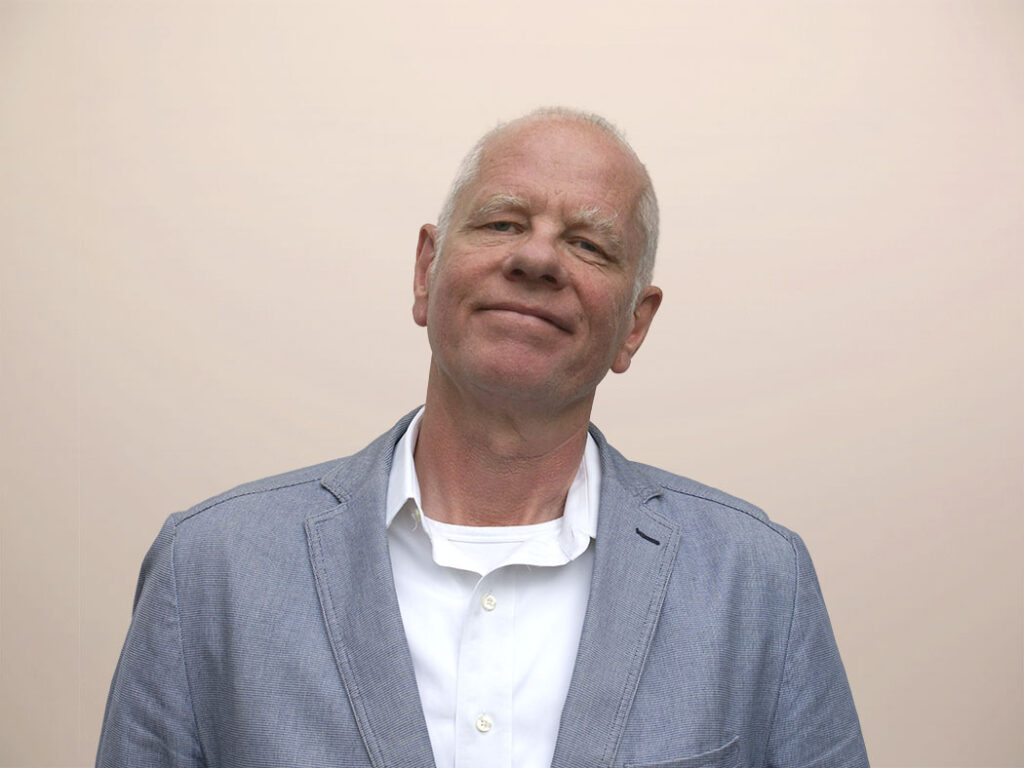SiriusDecisions EMEA Summit Day Two: Highlights
Day two of Summit proceedings included a full day of presentations on B2B sales, marketing and product strategies and best practices:
 Day two sessions started off with a lively presentation given by Jay Gaines on “The State of the B2B Demand Centre.” To address the challenge of driving consistency of demand, many organizations have adopted demand centers. But just how are companies setting about creating a demand center, and what results are they achieving? Jay was on hand to explain all.
Day two sessions started off with a lively presentation given by Jay Gaines on “The State of the B2B Demand Centre.” To address the challenge of driving consistency of demand, many organizations have adopted demand centers. But just how are companies setting about creating a demand center, and what results are they achieving? Jay was on hand to explain all.- The next session took us back out into the field and asked three marketing practitioners for their experiences with persona-based marketing. The use of personas to drive marketing activity is becoming more mainstream in B2B, as companies work hard to attract the right buying audiences to their Web sites and social channels. In the session, SiriusDecisions’ Meta Karagianni moderated a series of presentations from Lawrence Mitchell, Director of Marketing at Elsevier; Simon Morris, Director of Demand Marketing at Adobe; and Andy Barraclough, EMEA Marketing Director at Pega Systems. What was apparent from the discussions was that persona work for these companies drove better marketing return, reduced product launch failure and increased traffic to the company’s Web properties.
- David Bush, Marketing Director at Sony Professional Solutions Europe, then gave a view into the B2B world of a name we most often associate with the consumer market. David explained what challenges the organization currently faces in the B2B space, the strategic course it is setting and its learnings so far from a major project in progress.
- We then moved to look at an issue causing a lot of pain within organizations’ channel business. Channel suppliers continue to fail to capture mindshare and drive continuous engagement with their partners, resulting in poor performance. As their partners work with multiple brands, staying on top of mind and getting partners to sell and promote their products continues to challenge most suppliers. Laz Gonzalez led attendees through the maze of questions many partners are asking and the decisions they need to make in order to become more productive and drive more indirect sales revenue for suppliers.
- After lunch, Mark Levinson gave us a deep dive into the art of “Attracting, Creating and Maintaining High Performance Sales Reps.” Mark provided insight gained from a recent SiriusDecisions survey that explored what quota-exceeding sales reps do differently from their peers who are below quota. While introducing the SiriusDecisions High Performance Sales Framework, Mark described the best practices required to establish the right skills, knowledge, process and tools to drive productivity.
- We then turned to praising the achievements of our European Programs of the Year winners. After studying many potential candidates for recognition, my colleague Meta Karagianni and I shared some of our favorites in the categories of acccount-based marketing, demand creation and channel marketing. Our winners were CSC, Verint, Eslevier and Dassualt-Systemes.
- Analytics are now taking key metrics, such as stage conversion, throughput volumes and velocity, to the next level and allowing skilled sales and marketing resources to be much more proactive in remedying waterfall deficiencies. To lead us through this topic, our very own demand waterfall therapist presented our penultimate session. Terry Flaherty introduced us to advanced demand waterfall diagnostics to help attendees understand how these diagnostics can be turned into actionable tactics.
- There could not have been a more fitting end to this year’s Summit – which focused on the transformation of marketing, sales and product – than to bring together SiriusDecisions experts from each of the three disciplines. Jay Gaines, Marisa Kopec and Mark Levinson returned to the stage to present “Sales, Marketing, Product: A Five-Year View.” The presentation covered the SiriusDecisions view of major trends and implications that will transform these functions – and change how they interlock – between now and 2019.
